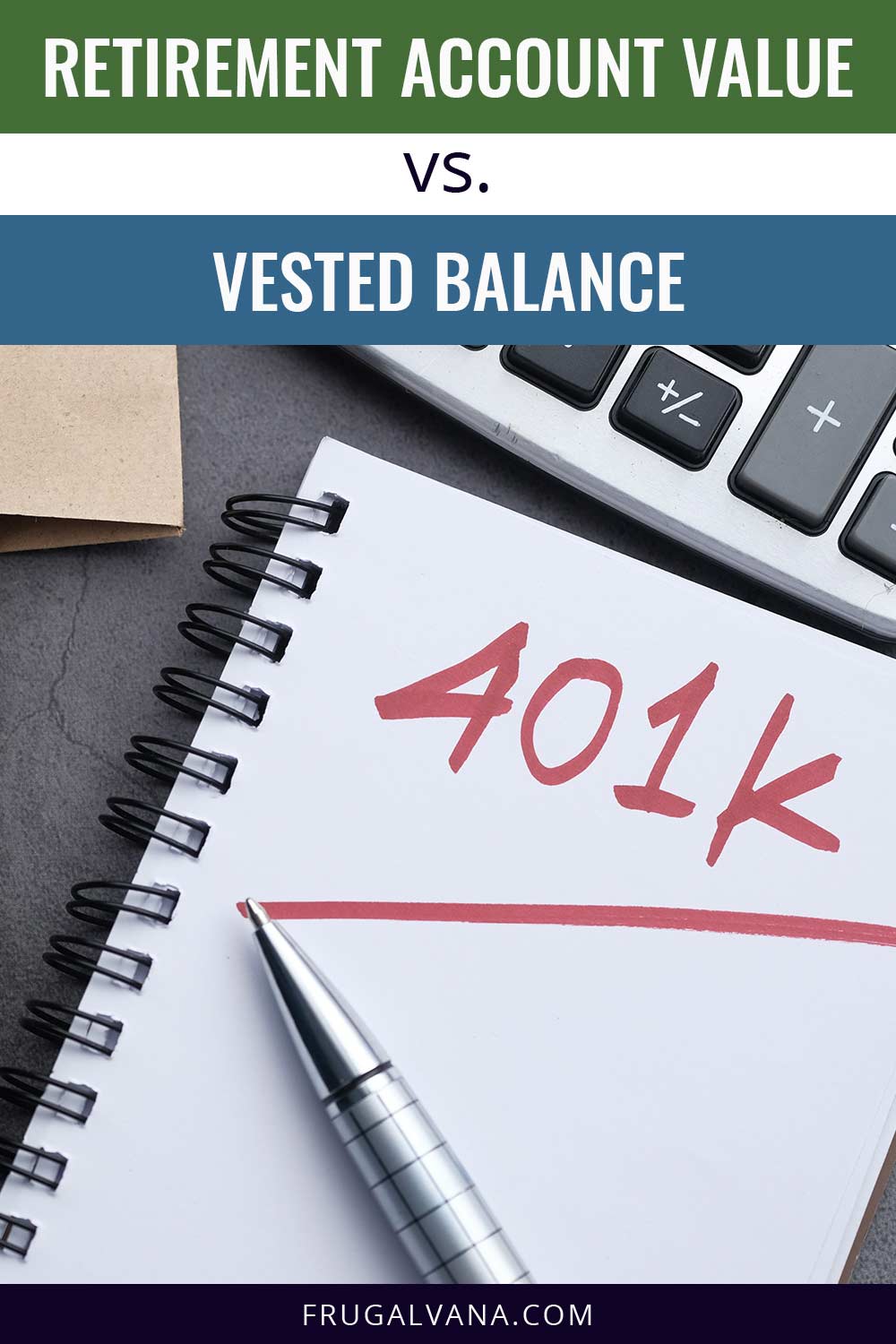When it comes to retirement planning, there are a lot of confusing things to learn and research. One of them may be the difference between a retirement account value and your vested balance.
As we said, this is a confusing topic, but understanding the different components that make up your retirement savings is key.
That’s why we thought we’d deeply explain these two concepts’ differences and why they matter. So if you’re struggling with understanding the concepts behind this, keep reading, and we’re going to try to help you understand them a little better.
What are the Similarities?
So let’s start with the similarities between retirement account value invested balance. Both of these terms are related to retirement savings and plan an important role in determining how much money you’ll have to live on in your golden years.
Your retirement account value is the total amount of money that you have saved in your retirement account, including any contributions you’ve made and any investment gains or losses.
Your vested balance, on the other hand, is the portion of your retirement account value that you own.
So while your retirement account value and vested balance are different numbers, they’re closely related. In fact, your vested balance is always included in your retirement account value since it represents a portion of the total savings in your account.
What are the Differences?
So we looked at the similarities, and let’s look at the differences. While these terms are related, they were sent two important concepts to understand when it comes to planning your retirement.
As we mentioned earlier, your retirement account value is the total amount of money that you saved in your retirement account.
This number gives you a broad view of your retirement savings and can be a helpful tool for tracking your progress toward your retirement goals. Your vested balance, on the other hand, is the portion of your retirement count value that you actually own.
This means that it takes into account any employer contributions to your retirement account and your retirement plan. So why is the difference between term account value invested balance important?
Well, for starters, it can impact how much money you have available to you if you leave your job or retire.
If you have a high retirement account value but a low vested balance, you may be unable to take all that money with you if you leave your job before your employer contributions are fully vested.
Another difference between retirement account value and vested balance is how they are calculated. The retirement account value is based on the total amount of money in your retirement account, and this balance only considers the portion of that money you own.
Pros and Cons: Retirement Account Value vs. Vested Balance
There are pros and cons to both retirement account value and invested balance, and understanding these can help you make informed decisions about your retirement savings. So here are the pros and cons of each:
Retirement Account Value
Pros:
- Broadview of your overall retirement savings
- Takes into account all contributions
- Allows you to see the impact of investment gains and losses
Cons:
- Maybe higher than your vested balance
- Doesn’t take into account employer contributions that have not yet vested
Vested Balance
Pros:
- Represents the portion of the retirement account that you have put in
- It can give you a more accurate picture of how much money you will have available to you if you leave your job
- Allows you to see the impact of investment gains and losses on your vested portion
Cons:
- Maybe lower than your retirement account value
- Doesn’t take into account employer contributions that have not vested
Which One is Easier to Manage?
When it comes to managing retirement savings, both retirement account value invested balance can be important metrics to keep an eye on.
However, regarding ease of management, the retirement account value is generally considered easier to track and manage than a vested balance.
This is simply because retirement account value represents the total amount of money in your account, while the vested balance is only the portion of that money that you have actually put in.
This means that your vested balance can fluctuate over time as employer contributions vest, making it harder to track how much money you have available for retirement.
Which One is More Common?
These two concepts are commonly used metrics to track progress toward retirement goals. However, the more common metric that is often used is retirement account value.
This is because the retirement account value, as we have said, is more straightforward to understand.
The number itself gives you a broad overview of your retirement savings and is often used by financial planners and retirement calculators to estimate how much you’ll need to save for retirement. That being said, both of the concepts are important metrics.
By keeping track of both numbers and understanding how they relate to your retirement goals, you can ensure that you’re on track to living the retirement lifestyle you’ve been dreaming of.
Final Thoughts on Retirement Account Value Vs. Vested Balance
Understanding the difference between retirement account value and vested balance is important in managing retirement savings. In the end, both metrics are crucial, ensuring that you’re on track to achieve your financial goals and retirement.
In addition, by keeping track of both of these metrics while managing retirement savings, you can be confident that you are prepared for retirement.

